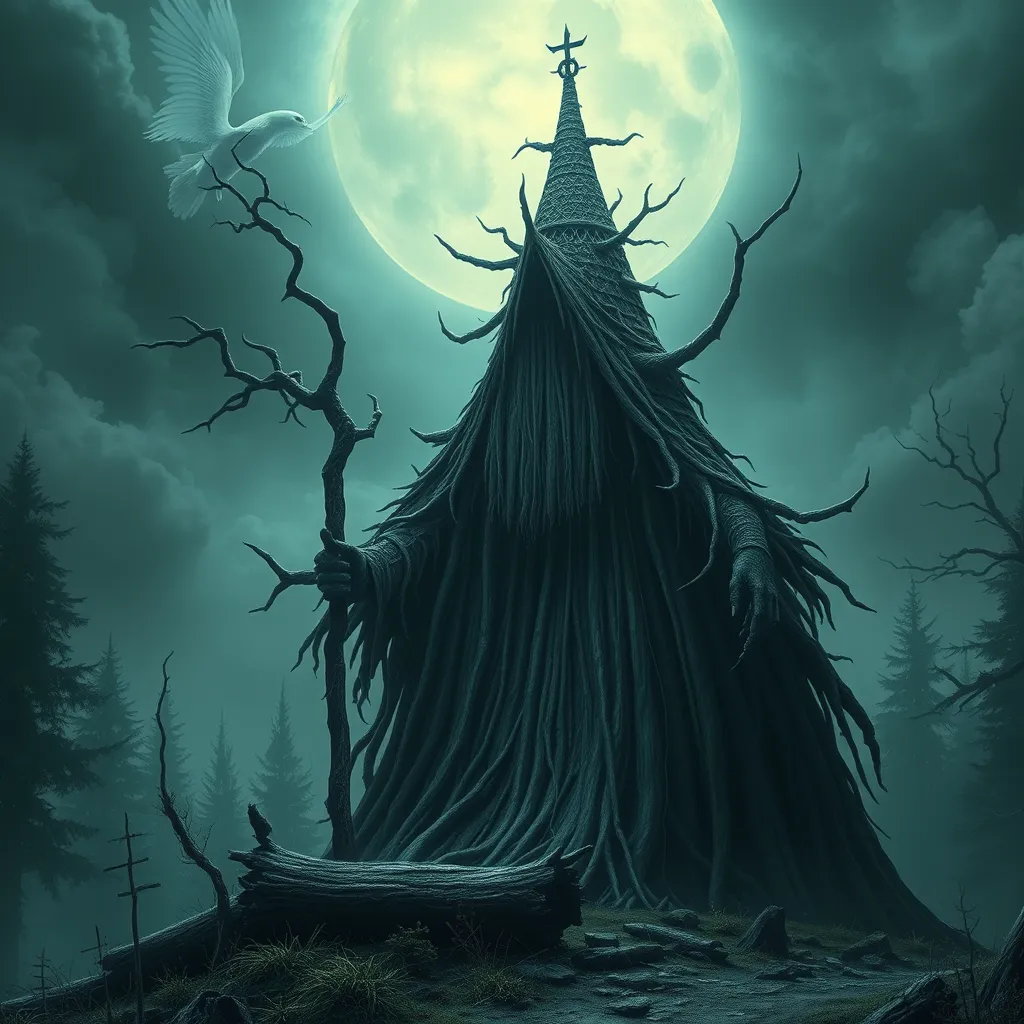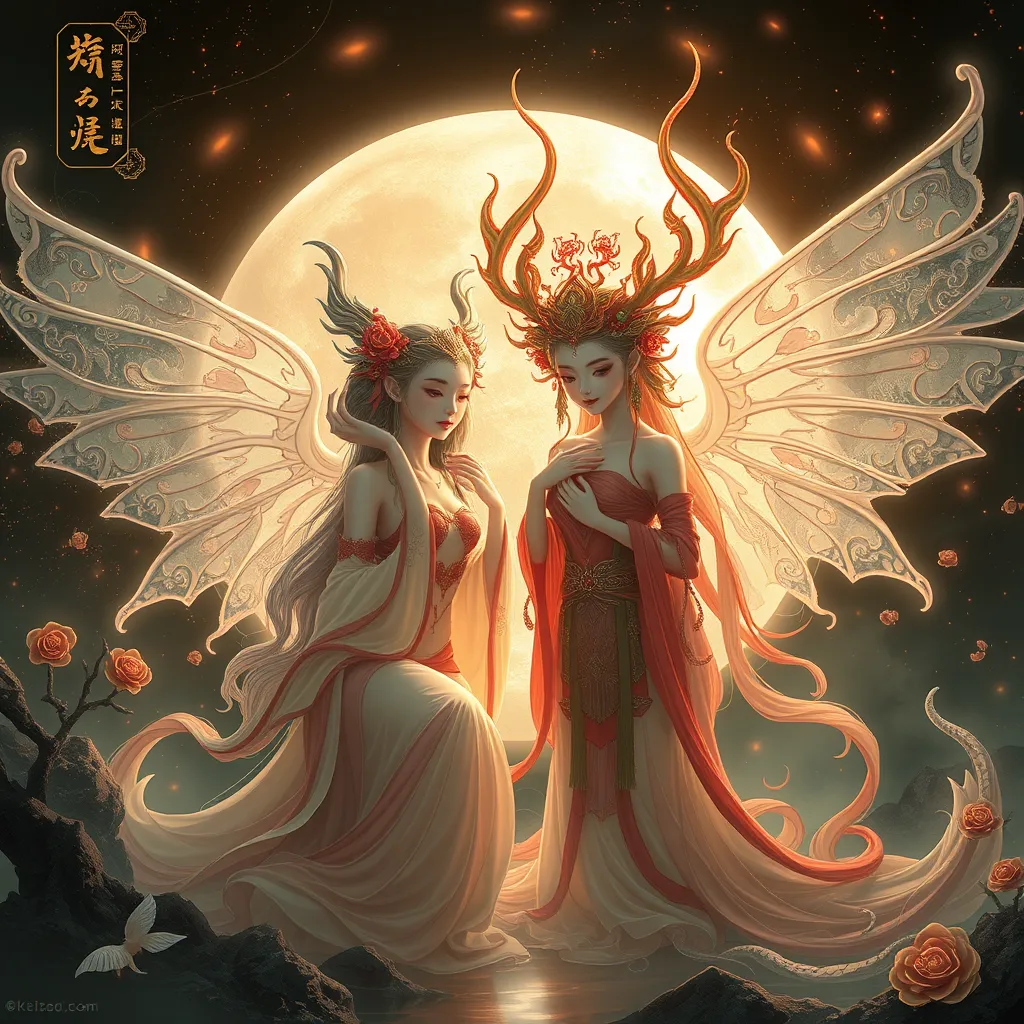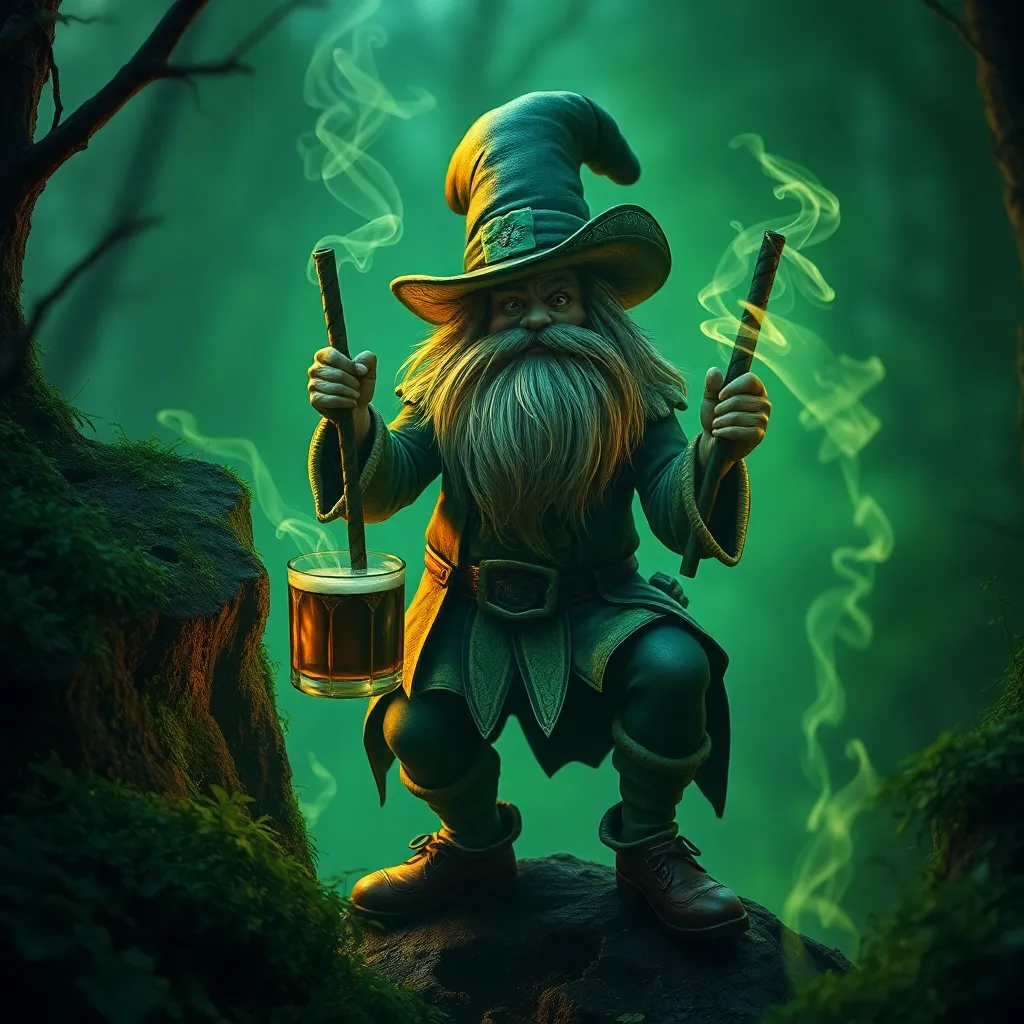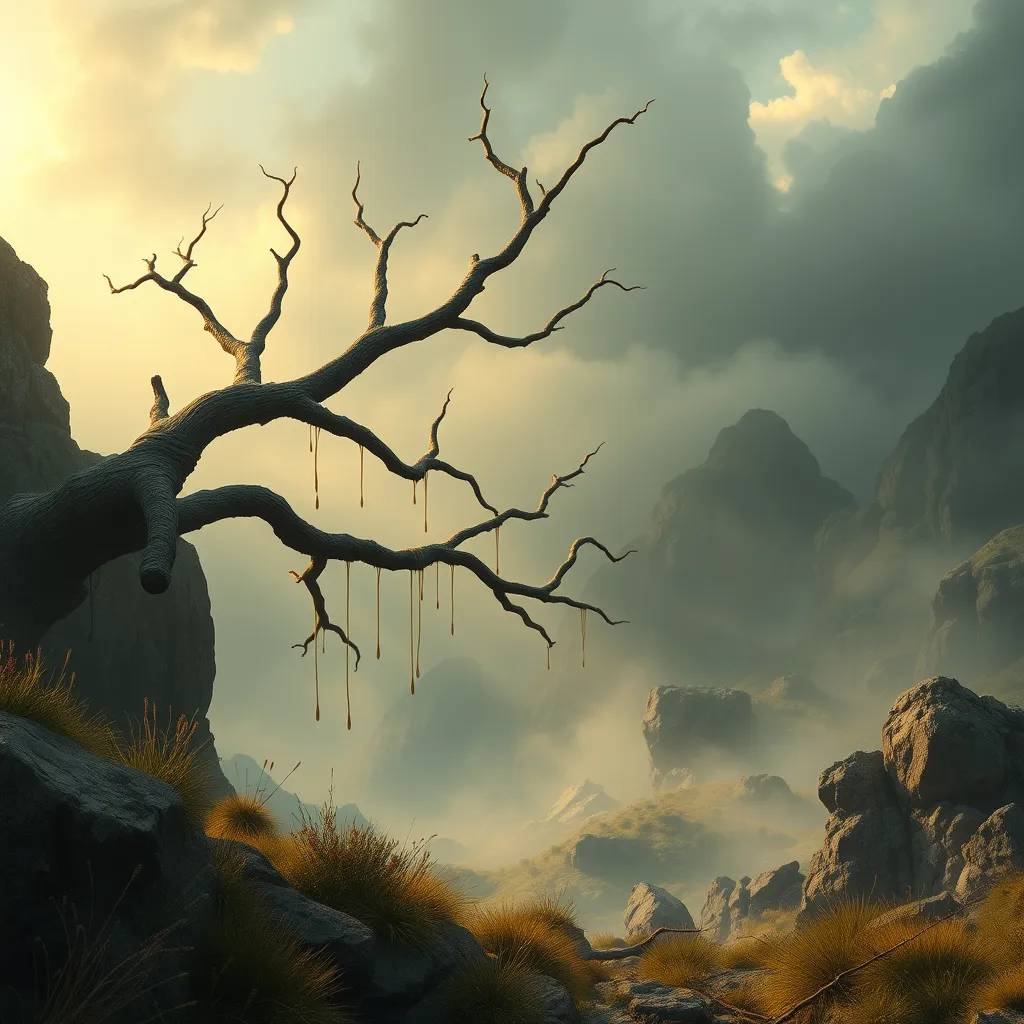The Giant of the Night: A Slavic Legend of the Baba Yaga
I. Introduction
Slavic folklore is a rich tapestry of myths, legends, and stories that have been passed down through generations. Among the myriad figures that populate these tales, Baba Yaga stands out as a central and multifaceted character. This enigmatic witch has captivated the imagination of countless readers and storytellers, serving as both a source of fear and a figure of wisdom. In this article, we will delve into the origins, character, and significance of Baba Yaga, exploring her complex role within Slavic mythology.
II. The Origins of Baba Yaga
The roots of Baba Yaga can be traced back to the earliest days of Slavic mythology, where she emerged as a prominent figure in the pantheon of supernatural beings. Her origins are shrouded in mystery, but early mentions of her character suggest that she has been a part of the Slavic cultural landscape for centuries.
- Historical context of Slavic mythology: Slavic mythology flourished in a time when oral traditions were paramount. Legends were shared in villages, and figures like Baba Yaga became archetypes of various human experiences.
- Early mentions and variations: Baba Yaga appears in numerous folktales across Slavic nations, each culture adding its unique flavor to her story.
- Cultural significance: In countries like Russia, Poland, and Ukraine, Baba Yaga embodies the complexities of femininity, nature, and the unknown.
III. The Character of Baba Yaga
Baba Yaga’s character is as varied as the stories that feature her. She is often depicted as an old woman with a fearsome appearance, which contributes to her dual nature.
- Physical description: Baba Yaga is typically described as having a bony, gaunt figure, with iron teeth and wild hair, invoking both fear and intrigue.
- Duality of her nature: She exists as both a helper and a hindrance to those who seek her out. In some tales, she provides guidance and magical assistance; in others, she poses deadly challenges.
- Relation to other mythical figures: Baba Yaga is often compared to other powerful female figures in mythology, such as the Greek Hecate or the Celtic Morrigan, emphasizing her role as a wise woman.
IV. The Hut on Chicken Legs
One of the most iconic symbols associated with Baba Yaga is her peculiar dwelling, often referred to as the “hut on chicken legs.”
- Description: This magical hut can move about on its chicken-like legs, making it elusive and difficult to find.
- Significance: The hut symbolizes the transition between the mundane and the magical realms, serving as a gateway for those who seek Baba Yaga’s wisdom or wrath.
- Mechanisms of the hut: The hut’s mobility represents Baba Yaga’s unpredictable nature, while its ability to rotate to face visitors reflects her readiness to confront those who dare to enter.
V. Baba Yaga’s Role in Folktales
Baba Yaga’s presence in Slavic folktales is marked by recurring themes and motifs that reveal moral lessons and cultural values.
- Common themes: Many stories share motifs of bravery, cunning, and the importance of respecting nature and the unknown.
- Interactions with heroes and heroines: Baba Yaga often serves as a test for characters seeking to prove their worth, facilitating their journey towards maturity and self-discovery.
- Moral lessons: Encounters with Baba Yaga often teach that wisdom can emerge from fear, and that respect for the natural world is essential.
VI. The Giant of the Night: The Darker Aspects of Baba Yaga
While Baba Yaga can be a source of wisdom, she is also a figure of fear, embodying the darker aspects of nature and the human psyche.
- Fear and reverence: Baba Yaga represents the dualities of life – creation and destruction, life and death. Her stories often evoke both terror and admiration.
- Nature’s untamed power: As a manifestation of nature’s wildness, she reminds us of the forces beyond human control, urging respect for the environment.
- The archetype of the “wise woman”: Baba Yaga is a complex figure, embodying the wisdom that can be gained from hardship and the trials of life.
VII. Modern Interpretations and Adaptations
In recent years, Baba Yaga has found new life in contemporary literature and media, influencing various genres and captivating new audiences.
- Contemporary literature: Authors have reimagined Baba Yaga in novels and short stories, often portraying her as a misunderstood anti-heroine.
- Influence on fantasy and horror: Baba Yaga’s character has inspired many works in fantasy and horror, permeating popular culture with her unique blend of menace and wisdom.
- Resurgence of interest: A growing fascination with Slavic folklore has led to a revival of stories about Baba Yaga, introducing her to new generations.
VIII. Conclusion
The legacy of Baba Yaga endures in Slavic culture, serving as a powerful symbol of the complexities of life, nature, and femininity. Her stories remind us of the lessons learned through fear and respect, urging us to embrace the unknown. As we continue to explore Slavic myths and legends, Baba Yaga stands as a testament to the rich cultural heritage that informs our understanding of the world around us.



